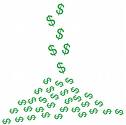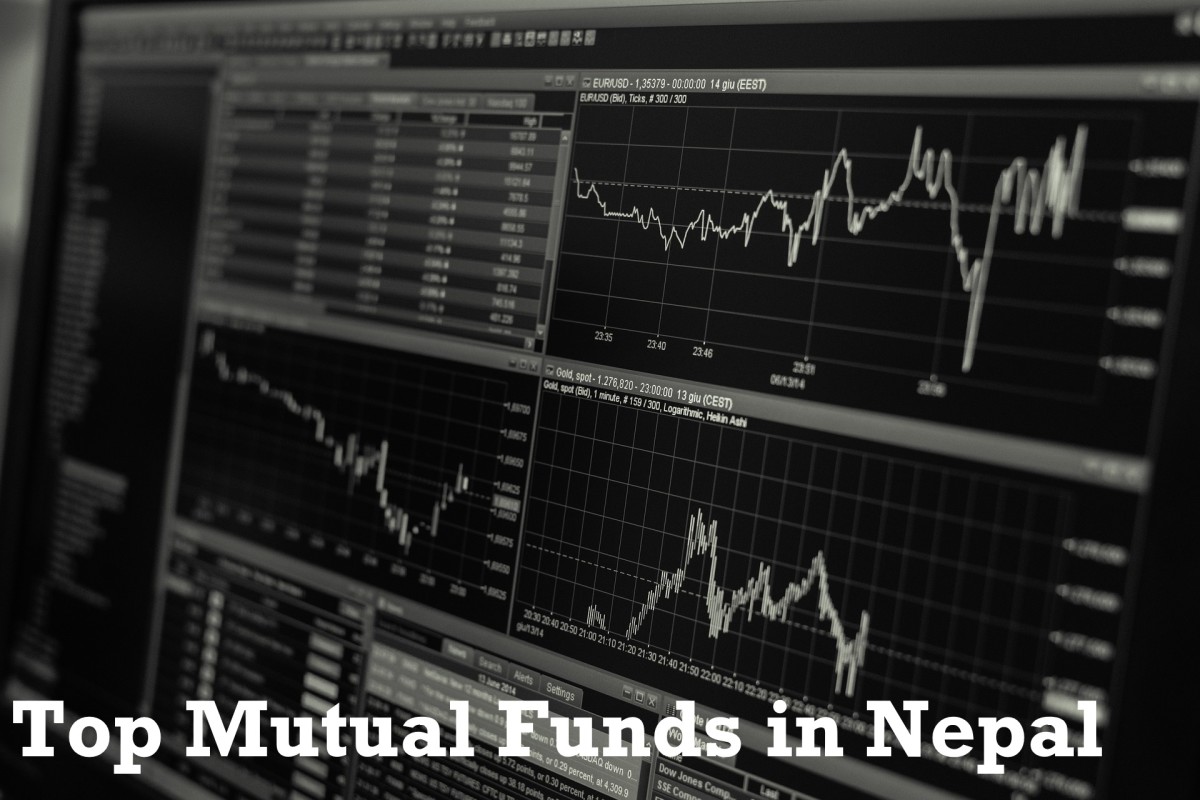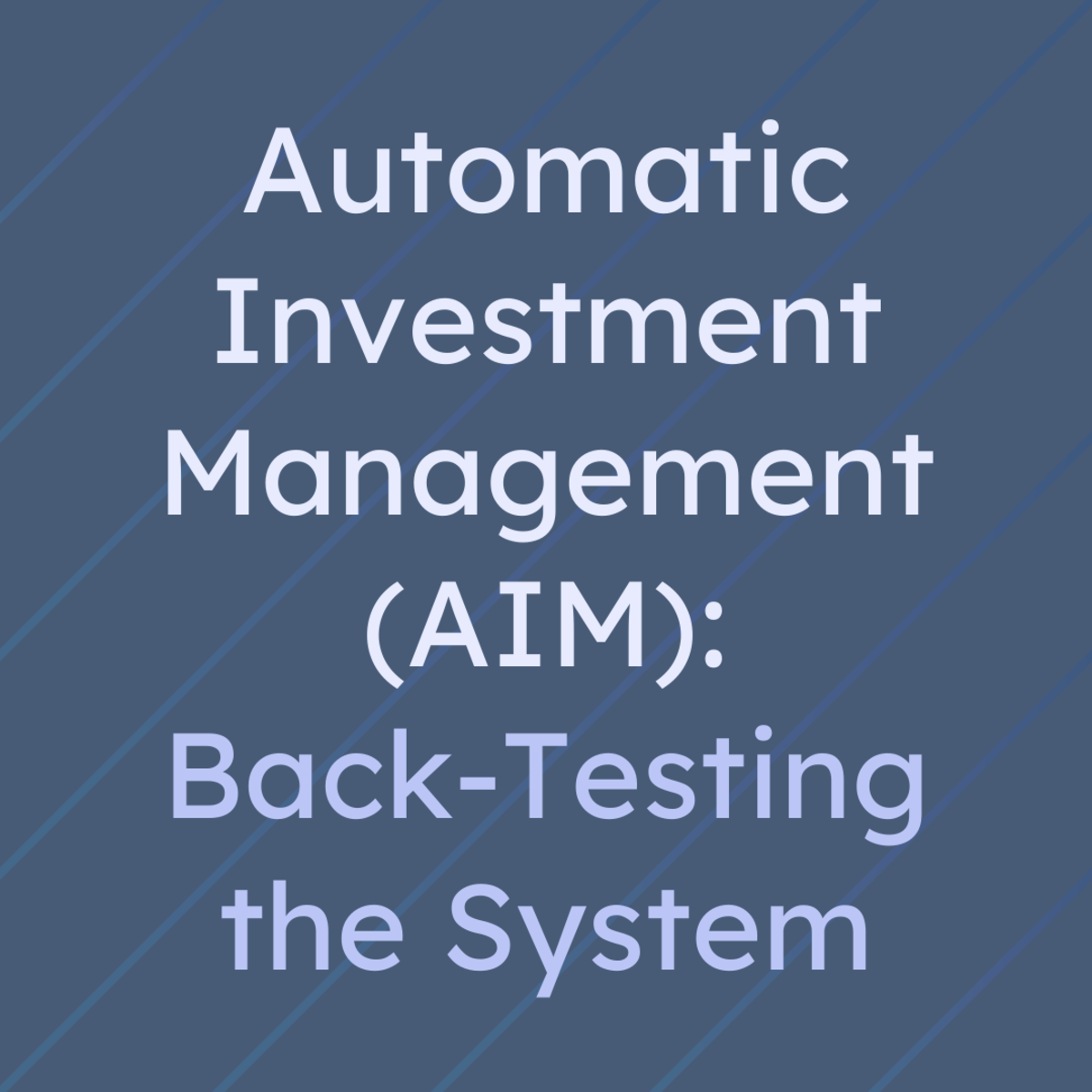What is a Mutual Fund - Mutual Funds for Dummies
Mutual Funds for Dummies - Better Investing
Mutual Funds for Dummies - is not really for dummies, because if you have money to invest, or want to know more about investment vehicles, you are certainly not a dummy, but just someone who is looking for a basic non-CPA explanation of how mutual funds work.
A mutual fund is unlike a money market account, (the second safest investment), which participates in money market funds that make the money market interest rate your primary concern when choosing where to put your money. There are so many fund options out there it is easy to be confused about which is which, and how they work. Stock funds, index funds, growth funds, private equity funds, no load funds, and on and on.
How can you tell where you would be better investing your money?

Video describing a mutual fund
What is a Mutual Fund
A mutual fund is simply: a collection of many different, but related, investments.
These investments may be stocks, bonds, or money market vehicles, or any combination of all three.
A mutual fund is simply: a pool of money:
Contributed by investors, that is used to buy many different kinds of investments, not just one company's stock, or one bond issue. This pool of money may be composed of money from individual investors, companies, foundations, institutions, or any entity looking for what they consider safer and better investing opportunities.
A mutual fund is simply: a company formed to own this pool of money.
A professional and knowledgeable manager is hired to make the investments and manage the money in the fund. This is the mutual fund manager. Many times the reputation of the fund manager is what attracts investors.
Because a mutual fund is a pool of a lot of money, not just one investor's money, the fund manager has more flexibility to build a mutual fund portfolio with many stock, bond, or other investment choices taylored specifically to the goals of the fund.
It is because a mutual fund is comprised of many different investments, and not tied to the rise or fall of one particular company or stock, that they are considered such a safe investment strategy. A mutual fund investor will own a share, (small pieces), of lots of stocks and bonds, not just one stock.
The investors that contributed the money to form the mutual fund are then issued shares of that company. Those investors then make money, (or lose it), based on the value of those shares, which is determined by the performance of the portfolio created by the mutual fund manager.
Types of Mutual Funds
Not to be confused with mutual fund portfolio contents, (see the categories of mutual fund investments), there are only two types of mutual funds, - Open-ended and Closed-end mutual funds:
- Open-ended funds - mutual funds that continue to accept money from investors, and continues adding stocks and bonds to its portfolio. Shares of an open-ended fund are bought and sold by the fund itself, which means the value of a share is determined by the net value of the fund. If the fund's net value is up, then the share value increases. The majority of mutual funds are open-ended.
- Closed-end funds - a closed-end mutual fund does not accept new investment funds. A mutual fund is created by investors, and then the fund is closed to future investments. The shares of a closed-end fund are traded on the open market and the share value is determined by supply and demand. If a fund is doing well and more investors want in, then they will pay more to buy a share. This is one way a share holder makes money. (besides dividends from increased fund portfolio value)
Load vs. No-Load Mutual Funds
What does Load or No-load mutual funds mean? Simple, - it means there is or isn't a cost to buy a share of the mutual fund.
- Load means sales commission - to buy share of a mutual fund with a load you will pay the net value of the share plus a sales commission. And obviously a no-load mutual fund does not charge an additional sales commission to buy the share, you only pay the net value of the share.
- A mutual fund load can be Up-front or Back-end - an up-front load means you pay a sales commission when you buy a share, and a back-end load means you pay a sales commission when you sell a share. For example: a 5% up-front load means a $10,000 investment would have a $500 load, (5% sales commission), deducted first, leaving $9500 to actually be invested in shares. A back-end load would give you the full $10,000 to buy shares, but charge the $500, (5%), when you sell redeem the shares.
**Many smart investors say there are so many good no-load mutual fund choices, it is difficult to think of a reason to even consider a mutual fund with a load. Sounds like smart advice.
Just because a mutual fund lists itself as a No-load mutual fund does not mean there are not other fees charged to be in the fund. It does cost money to manage a mutual fund and different funds cover these costs in different ways. It is important you be familiar with a funds operations before you invest.

Other Possible Mutual Fund Fees
Here are some of the basic types of fees a mutual fund may or may not charge.
*It is important that you do your mutual or hedge fund due diligence when thinking about investing!
- Redemption Fee - a fee charged when an investor redeems, (sells back), a mutual fund share.
- Account Fee - a fee charged to cover the costs of the operating costs to maintain a mutual funds operations
- Exchange Fee - a fee charged for switching between funds managed
- Purchase Fee - almost the same as a Load fee, but it is not called a load because it is paid to the mutual fund itself, not an outside broker.
- Management Fees - Just as the name implies, these are fees charged to cover the cost of the funds manager and associated management costs.
*Many stock funds, index funds,growth funds, and money market funds will have similar fees.
** Here is a link to more detailed explanations of fees by the Security and Exchange Commission Fees page

The Benefits of Investing in a Mutual Fund
There are two main benefits of investing in a mutual fund:
- A full-time experienced manager will manage and maintain the fund for you. You will not have to be concerned with knowing a lot about stocks or investing, or spend time with the stress of analyzing financial statements or calculating financial ratios.
- A mutual fund is safer and less susceptible to market fluctuations because it owns pieces of lots of different stocks and bonds, or pieces of the money market, not just one company or one type of stock.
Just as you can pick different levels of risk in the stock market or money market, (remember that all-important money market interest rate), there are also different types of mutual funds.
You can choose from:
- Growth Funds - designed to earn the most through growth of stocks invested in new or start-up companies
- Income Funds - designed to provide a steady reliable income through investment of safer Blue Chip stocks and bonds
- Index Funds - designed to match the growth of the stock market in returns, by creating a portfolio that matches the S&P 500 or other market index
Each has different levels of investment risk, but all are generally safer than trying to pick just one stock to invest in.
Mutual Funds for Dummies - Better than money market interest rate return
Mutual Funds for Dummies - Better than money market interest rate return tags and keywords foe an seo optimized hub. These are very important to mention money market funds and money market interest rate for better investing in a money market account or index fund. their performance reflects hedge fund crm and growth funds. You can buy mutual funds and no-load mutual funds to participate in best money market funds, but hedge fund software and private equity software can be helpful in determining the high yield money market account the you want to learn to invest in.
Mutual Funds for Dummies - Better than money market interest rate return










